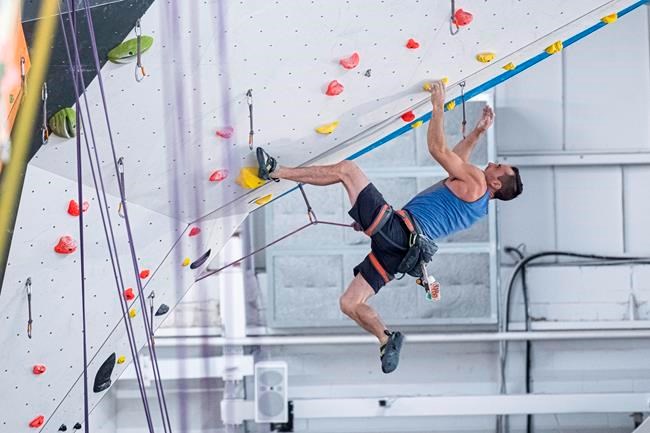Gus Alexandropoulos knew there was a risk the growing hordes of rock climbers flocking to his new outdoor climbing space might harm the environment, but was still disappointed by how quickly they did so.
The outdoor space developer had seen it all before — climbers fired with enthusiasm from their time in the exploding number of indoor climbing gyms wanting to take their newfound hobby outside, but wreaking havoc on the natural world in the process.
But Alexandropoulos rolled the dice anyway, spending thousands of dollars to develop an outdoor crag in Burlington, Ont., dubbed The Turtle. Within months, he said climbers turned the area into a mess — playing loud music, bringing in crowds of friends, and defecating all over the place. Faced with frequent complaints, the land owner forced Alexandropoulos to shut down.
He said there's much to celebrate in the surging popularity of rock climbing, but that must come with education on how to take part without compromising the environment.
"I don't know what the answer is," said Alexandropoulos, whose concerns are shared by other industry insiders.
According to Climbing Business Journal, an industry publication, the number of commercial climbing gyms in Canada nearly tripled over the last nine years, soaring from 41 in 2010 to 115 in 2019.
Journal publisher Scott Rennak said interest in the sport will likely grow even further when rock climbing makes its debut as an Olympic sport in Japan next summer.
He said many of the new participants represent a departure from old-school rock climbers, who often cultivated a "dirtbag" image by living out of their cars and spending seasons camped at the bases of famous cliffs.
But despite their fondness for the sleek, modern amenities of indoor gyms, Rennak said the new breed of climbers shares a desire to head outside. As a growing number of climbers migrate out of the gym, he said they're putting a strain on Canada's limited supply of outdoor climbing spaces.
"We've sensationalized the outdoors," he said, noting the influx of climbers has transformed formerly quiet spaces into hectic hubs of activity.
Sean Milligan, a route setter at The Hub climbing gym in Mississauga, Ont., said people who joined the sport years ago were already accustomed to acting carefully to preserve outdoor environments. But thanks to the growing popularity of the sport in recent years, he said that's no longer the case.
"Climbing has become their medium for introduction to the outdoors," said Milligan. "That’s great — the average urbanite benefits from that — but there is at present a huge gap in education."
Novice climbers don't seem to recognize their own impact on the environment, he said, noting many need to learn to stick to fixed paths in order to limit interference with wildlife or pack up their waste at the end of a day on the cliffs.
Milligan said part of the problem stems from the fact that outdoor climbing still operates in a legal grey area.
At Lion's Head, one of Ontario's most famous climbing areas on the Bruce Peninsula, climbing is technically illegal. Milligan said authorities turn a blind eye because, for now, the impact has been positive for local businesses.
Alexandropoulos, Milligan and Rennak are all excited about climbing becoming an Olympic sport, noting the increased exposure has potential to bring benefits such as a dip in equipment costs.
But as climbing gyms continue to cash in on that growth, Steven Brown, director at Hub Climbing, said he believes the onus falls on them to educate new climbers on how to respect the outdoors.
"We're not there to damage things and we want to make sure people are treating it with respect," he said. "We don't want landowners to close terrain."
This report by the Canadian Press was first published Dec. 11, 2019.
Salmaan Farooqui, The Canadian Press



